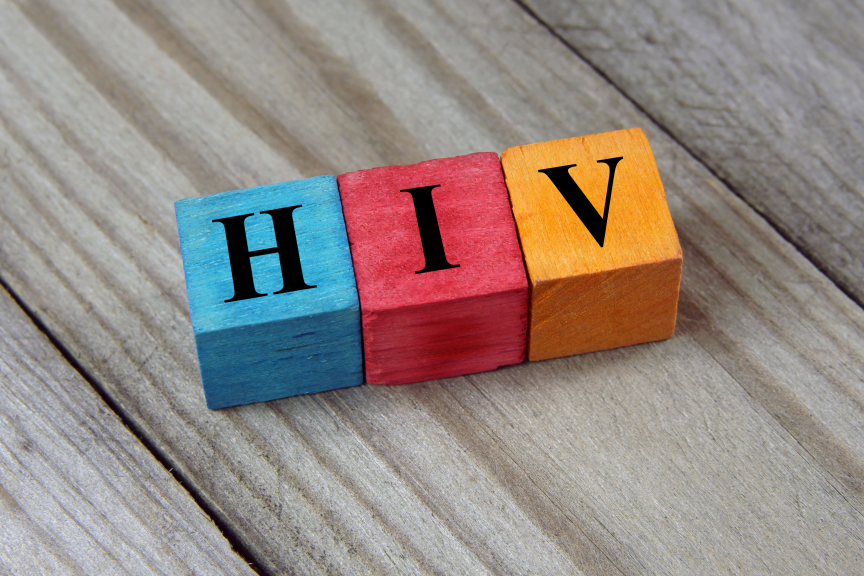Prevention, Treatment Efforts Reduce HIV Infection Among Transgender Women
Rutgers researcher highlights HIV intervention programs to reduce risk of HIV in vulnerable populations

Programs to prevent HIV in transgender women are helping to lower the rate of new infection but better care and treatment of this vulnerable population is still needed, especially among those of lower income or people of color, according to a new Rutgers study.
The study appears in the journal Sexually Transmitted Diseases.
“Despite the stability in HIV prevalence, infection is still highest among transwomen compared to any other group in the city – a pattern evident in much of the world,” said lead author Henry Raymond, an associate professor at Rutgers School of Public Health and a core faculty member of Rutgers Global Health Institute. “San Francisco is on the cutting edge of HIV prevention, care and treatment, and there is extensive data from this city that is beneficial in monitoring the epidemic.”
According to Raymond, transgender women generally have higher rates of HIV than other populations in the United States, including men who have sex with men, but no previous studies have implemented consistent methods or measures to document trends in HIV prevalence or demographic characteristics among transgender women over time.
“Since trends in San Francisco often are happening or likely to happen in other jurisdictions, studies like this could help provide data to guide appropriate epidemic responses,” he said. “Such studies also can help cities assess if the trends seen in San Francisco are occurring in their area.”
The researchers examined HIV prevalence over time – in 2010, 2013 and 2016 – among 866 transgender women in San Francisco, focusing on key demographic characteristics, including race/ethnicity, age, education, annual income, housing, their native country and gender identity. They also tested to determine HIV status and pre-exposure prophylaxis (PrEP) use within the last year.
On average, nearly one-third of the population of transwomen in San Francisco were infected with HIV from 2010 to 2016, with 90 percent having a confirmed diagnosis. Among the results, across all three waves of the study:
- African-American transgender women had significantly higher odds of being HIV-positive;
- Older transgender women (ages 36–45) had higher odds of living with HIV than younger transgender women;
- Transgender women with at least some college education had generally lower odds of HIV-infection.
Unstable housing has been linked to higher HIV risk and lower treatment, but the new study did not show a link between HIV infection and increased rates of homelessness or living in a shelter. Raymond said this could mean that housing assistance programs associated with HIV care are helping the most vulnerable of this population.
“While prevention programs such as outreach, condom distribution and increased HIV testing may be working to help reduce new cases of infection, our attention should now focus on maximizing the uptake and benefits of HIV care and addressing the challenging needs for stable housing,” he said. “This could be done through continued promotion of HIV testing to link patients to care and treatment, using ‘data-to-care’ approaches to link transwomen to care and by bringing housing issues to the attention of housing advocates and city government.”